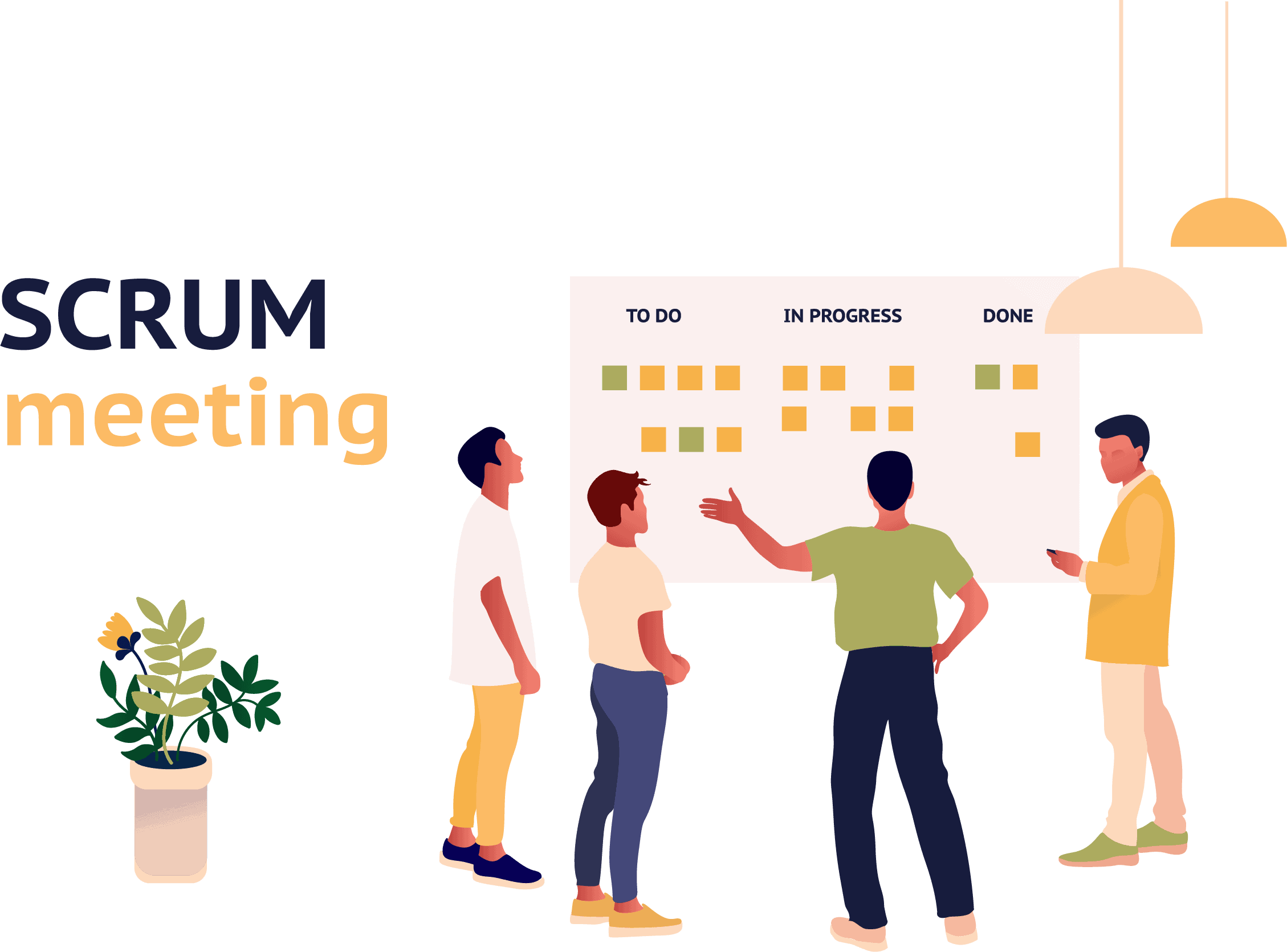Introduction
In today's fast-paced business environment, effective archiving and accessing of meeting notes are crucial for maintaining productivity and ensuring that valuable insights are not lost. With the advancement of AI technology, tools like AI meeting notes have become increasingly popular for capturing and organizing meeting discussions. However, ensuring that these notes are properly archived and easily accessible requires careful planning and implementation.
Archiving Process
1. Automated Transcription
Utilize AI-powered transcription services to automatically convert spoken words into written text. These services offer high accuracy rates, with some achieving up to 95% accuracy, minimizing the need for manual editing and ensuring comprehensive documentation of discussions.
2. Categorization
Implement a categorization system to organize meeting notes based on topics, dates, or participants. This can be achieved by tagging notes with relevant keywords or creating folders for different projects or departments, streamlining the retrieval process.
3. Version Control
Maintain version control to track changes made to meeting notes over time. This ensures that previous versions are preserved and can be referenced if needed, mitigating the risk of information loss or misinterpretation.
Accessing Meeting Notes
1. Search Functionality
Integrate robust search functionality into the archiving system, allowing users to quickly locate specific meeting notes by searching for keywords or phrases. This improves efficiency and reduces the time spent manually browsing through archived content.
2. Cross-Platform Compatibility
Ensure that meeting notes are accessible across various devices and platforms, including desktop computers, laptops, tablets, and smartphones. This flexibility enables users to access important information anytime, anywhere, enhancing collaboration and decision-making processes.
3. Permission Controls
Implement permission controls to restrict access to sensitive meeting notes and confidential information. By assigning different levels of access to users based on their roles and responsibilities, organizations can maintain data security and compliance with regulatory requirements.

Benefits of AI Meeting Notes Archiving
1. Improved Efficiency
By automating the process of transcribing and organizing meeting notes, AI technology significantly reduces the time and effort required for manual data entry and management, increasing overall productivity.
2. Enhanced Collaboration
Centralized access to archived meeting notes facilitates collaboration among team members, allowing them to reference past discussions, track action items, and stay informed about project developments, leading to better decision-making and project outcomes.
3. Cost Savings
AI meeting notes eliminate the need for hiring dedicated personnel for note-taking and documentation tasks, resulting in cost savings for organizations. Additionally, the reduction in manual errors and rework minimizes operational expenses associated with inaccuracies.
Conclusion
Effectively archiving and accessing AI meeting notes is essential for maximizing productivity, promoting collaboration, and preserving institutional knowledge within organizations. By leveraging automated transcription, robust categorization, and efficient access controls, businesses can streamline their operations and gain a competitive edge in today's dynamic marketplace.
